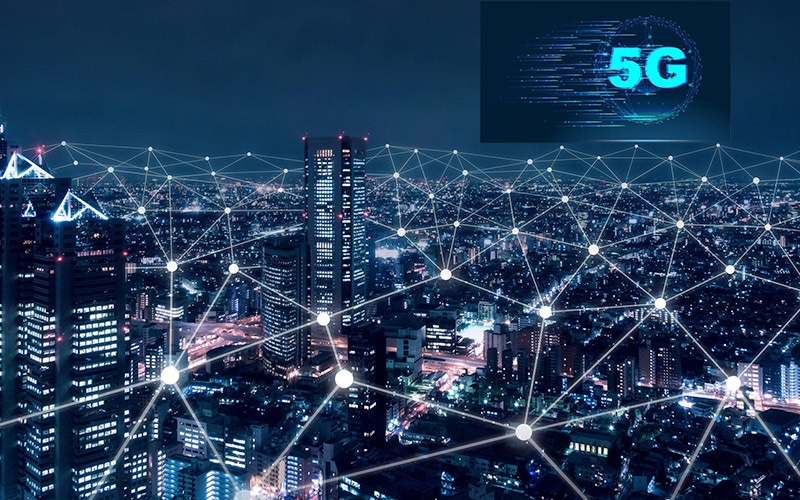This article covers the topic of 5G radiation, a non-ionizing type of electromagnetic radiation. Because 5G radiation is small, it does not possess the capability of breaking the bonds between chemical molecules in biological tissue or cause any alteration to cells. It's not clear whether 5G radiation can affect the risk of developing skin cancer, and there is no evidence that has been found to suggest it may cause other illnesses.
High-frequency millimeter radiation
High-frequency millimeter wave radiation emitted by mobile phones and wireless networks may cause health issues to humans. There are a few different ways in which this radiation could be harmful. In 5g radiation symptoms may cause damage to a person's DNA. In 5g radiation symptoms may cause harm to other parts of the body, including the brain.
Recent studies have shown that 5G technology may cause the heating of tissues. As a result, researchers from the International Council on Non-Ionizing Radiation Protection (ICNIRP) has called to review the current standards for biological and thermal safety. The current standards for exposure are not adequate to protect individuals from extreme heat in the event of exposure to pulsed millimeter waves.
Skin cancer risk
There is no definitive answer at present to the question of whether the 5G radiation causes skin cancer. However, it is believed that 5G RF-EMFs behave much like high-LET ionizing radiations. This means that they can produce high levels of free radicals within the skin. The FCC has not issued any specific guidelines regarding the potential dangers associated with 5G technology. Consequently, the debate continues.
Although there are a number of studies regarding the impact of higher-frequency radio waves on human health, these studies have been largely limited in their scope. However, there is concern over the effects of millimeter-wavelength exposure on oxidative stress and gene expression. These effects may extend to the skin and other organs, such as the brain.
Influence on other diseases
A new generation of wireless technology called 5G is rapidly growing in popularity, but scientists are warning about the health risks that could be associated with it. 5G will dramatically increase the quantity of electromagnetic radiation found within our environment. This is a problem that has led to debates in a variety of countries, including Switzerland. In September 2017 390 doctors and scientists have backed a motion to put the suspension of 5G technology. This call was ignored by the European Commission, which is responsible for regulating the use of 5G technology.
In the end, , more research is needed to assess the health effects of 5G. However, studies have shown that 5G doesn't cause the same effects in humans as the radiofrequency from the older mobile networks. Also, Learn more here doesn't spread a new type of coronavirus. Additionally it doesn't make people more vulnerable to viral infections.
The measurement of exposure
Monitoring exposure to 5G radiation is an essential component of the security of 5G networks. There are two ways to measure exposure. One method is measuring the power of radio waves absorption by human tissue. Another involves measuring the amount of radiofrequency energy emitted through an object. The term "radiofrequency energy" (RF) can be described as an energy source that originates from radio transmitters.
In the United States, the FCC has set a limit on the power density of 5G mobile devices. These tests only test the power density of a distance of several inches, and the FCC does not require measurements of each beam. However, it is possible to determine the energy density for each beam can be estimated through computer simulation. The worst case scenario is then determined depending on the design of each beam.

Study limitations
There's been plenty of discussion over whether 5G radiation will affect the health of humans. In the case of 5G, for instance. Swiss authorities, for instance has issued an analysis that concludes the technology has no negative health consequences in the short term but there aren't any studies that have demonstrated long-term negative effects. However, this report has a variety of issues and bias in reports.
The power and frequency of the radio waves that transmit energy are determined by the frequency. The energy that is carried by a millimetre-wave will be identical to that of current radio waves, but they are much smaller in size and more suitable for environments with high density, since they will not be block by walls or glass. High-density urban areas would require many smaller, low-power locations, while suburban areas would benefit from 5G networks operating at lower frequency.
